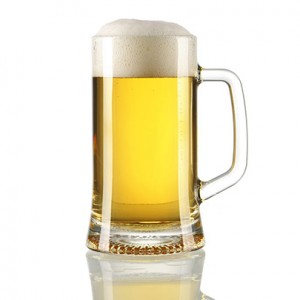 According to a press release from MillerCoors, the company will become the first in the U.S. to include “new, more detailed voluntary nutritional labeling permitted last year by the federal government” on their Miller64 beer. Miller64 is the company’s low calorie, low carb beverage. It’s clear that they hope to further capture the attention of more health-conscious consumers with their new labeling.
According to a press release from MillerCoors, the company will become the first in the U.S. to include “new, more detailed voluntary nutritional labeling permitted last year by the federal government” on their Miller64 beer. Miller64 is the company’s low calorie, low carb beverage. It’s clear that they hope to further capture the attention of more health-conscious consumers with their new labeling.
“The U.S. Department of Treasury’s Alcohol and Tobacco Tax and Trade Bureau issued new guidelines about the nutritional information disclosed on labels for all brewers, vintners and hard liquor distillers. For those who wish to do so, alcohol brands now can provide more nutritional information — including serving size, servings per container, alcohol content by volume, calories, protein and fat per serving — on their packaging.”
So what does this say about consumer interest in more, better nutritional labeling on products across the board? Food Expert Jill Frank says, “nutrition labeling will continue to be in demand and spread into new categories, as consumers are becoming more conscious of food processing and ingredients.”
The views, opinions and technical analyses presented here are those of the author or advertiser, and are not necessarily those of ULProspector.com or UL Solutions. The appearance of this content in the UL Prospector Knowledge Center does not constitute an endorsement by UL Solutions or its affiliates.
All content is subject to copyright and may not be reproduced without prior authorization from UL Solutions or the content author.
The content has been made available for informational and educational purposes only. While the editors of this site may verify the accuracy of its content from time to time, we assume no responsibility for errors made by the author, editorial staff or any other contributor.
UL Solutions does not make any representations or warranties with respect to the accuracy, applicability, fitness or completeness of the content. UL Solutions does not warrant the performance, effectiveness or applicability of sites listed or linked to in any content.


